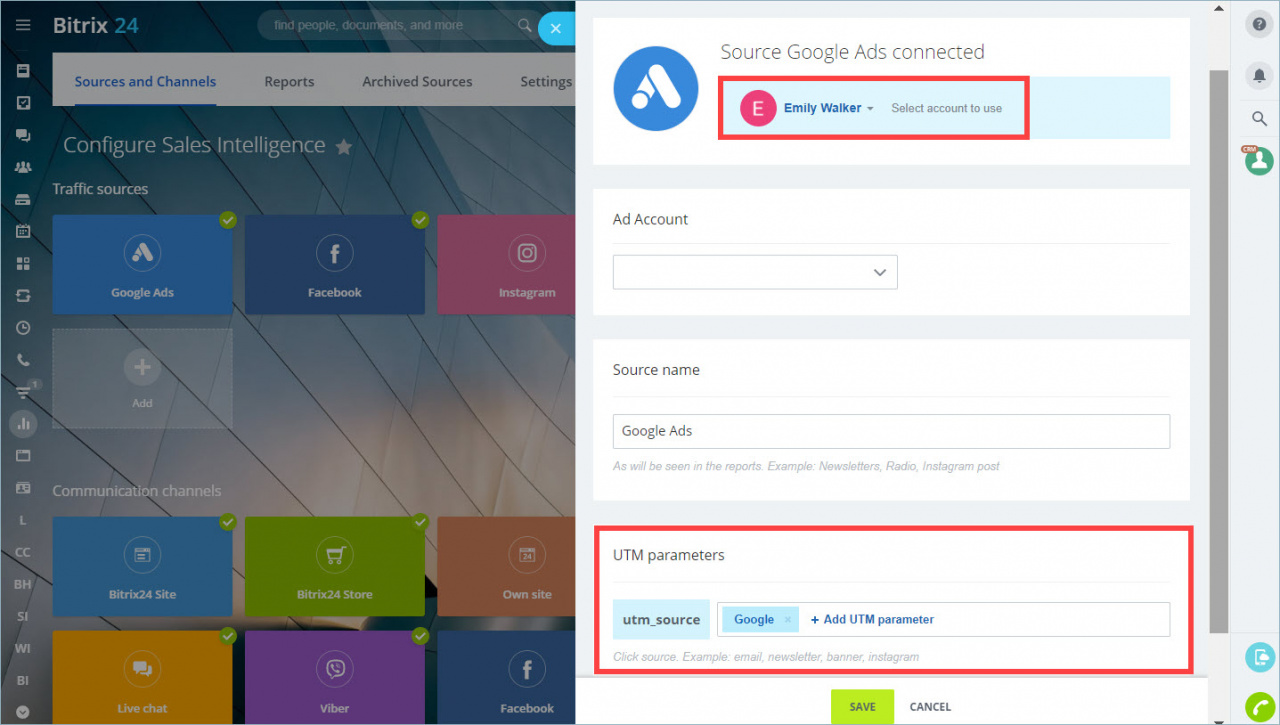

The above level of visibility is something that you have to plan in advance and invest in execution. We can see how search engine optimization helped an in-market searcher discover our website, and how our Facebook remarketing and abandoned cart email campaigns nudged a user to come back and finish their purchase. Proper tracking of traffic sources delivers a clear view of the user’s purchase journey: If we can’t determine where the traffic comes from, we can neither attribute conversions to their original sources of traffic, nor can we find out the true cost per acquisition (CPA) or return on ad spend (ROAS) for each marketing activity. If we’re not tracking from which websites, which campaigns, or which channels they visit, how could we know how much of that conversion to attribute to each source? Imagine the following situation: A user visits a website five times before making a purchase.

results) to the correct traffic source to compare the performance of marketing activities across various channels. Marketers must be able to reliably credit conversions (i.e. Why conversion attribution starts with traffic attribution UTM parameter builders and related tools.
Utm meaning marketing how to#
How to send multiple values through a single UTM parameter.How Google Analytics understands traffic sources.Why conversion attribution starts with traffic attribution.After reading this post, you’ll know more than 99% of marketers about how to use UTM parameters. This post details the role that UTM parameters play in traffic attribution in Google Analytics. Simple as it may sound, attributing a session to its traffic source can be tricky, even impossible. In other words, the foundation of conversion attribution is traffic attribution. And it’s impossible to credit a conversion to the correct source without first knowing how a visitor got to a website. Traffic attribution identifies which sources drive visitors to a web property.


 0 kommentar(er)
0 kommentar(er)
